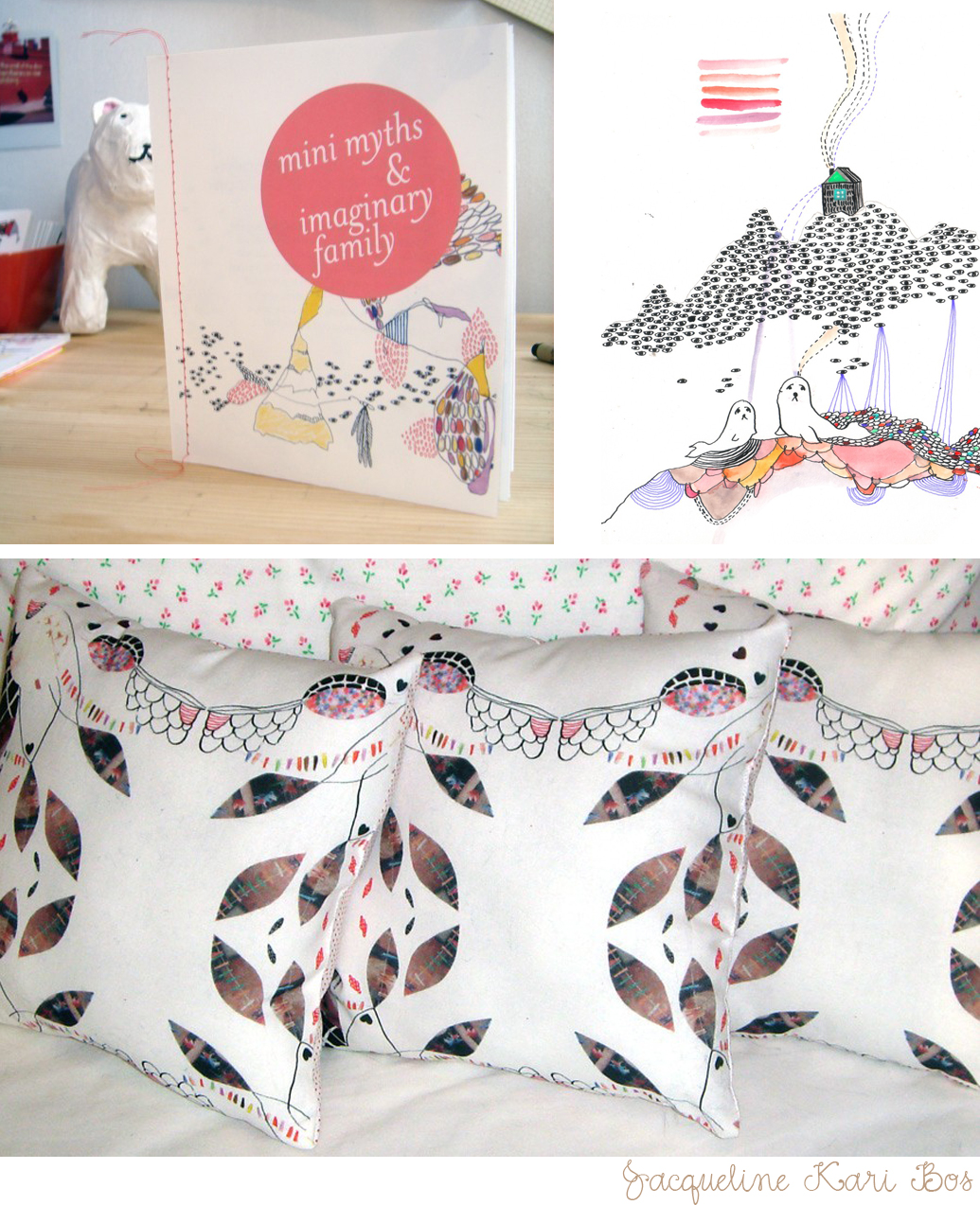Welcome back to our mini-series on portfolios. On our last Illustration 101 post we talked about what to put in your portfolio. This week we are going to talk about you physical portfolio as well as your online portfolio.
It is obviously very important to have a web presence as an illustrator, you instantly increase your chances of having your work seen, thereby increasing your chances of landing paying gigs. Even if you don't want to be a social media wizard you still want to have a website. While none of the below remarks are "must haves" for your website, I feel they are important to keep in mind.
1. Buy a URL. Research what you think will work for you long term. If you set yourself up right now you won't have issues later. I personally hate my URL and am planning on changing it. This means I not only have to go buy a new one, I have to do all the changes online to point things to the right place, update all of my other sites, and all of my printed materials. All because I didn't think about what I wanted to brand myself as in the first place. Oops! Don't be like me, be smart about choosing your website's name.
2. Chose a host. You can start from scratch and make a really fantastic website all on your own. HTML and CSS are amazing and you can do SOOO much with them. If this is you, awesome. I say showcase any skill you have, people will notice. For those of you more like me, not coding savvy, check out some of these sites. They are affordable, easy, and have all the coding done for you.
4ormat
Cargo Collective
Carbonmade
Behance
Dripbook
You can also use blogging websites like Tumblr and Wordpress to set up a portfilio site.
Best advice for picking out who to host, research. Take advantage of the trials. They may not show you everything they are capable of doing in the trial, but liking the interface is really important. It was a huge part of my decision to go with Cargo.
3. Look at the sites of people you like, what did they do? How did they set up their site? What makes it unique in terms of navigation? You can go clean and minimal or go crazy and make something super unique. Find out what you want, plan, sketch, then start working.
I suggest not releasing your site until you are done building it. Patience is a virtue. It doesn't take a lot of time to set up an amazing website these days, so don't worry.
As for your physical portfolio, oh boy. If you have read any of our previous 101 posts you probably know that I already really love tangible items. You can do some really incredible things with your portfolio these days. I'll try to make this quick though. Here's the breakdown:
1. Leave your originals at home. Don't bring a big clunky portfolio with lose originals or prints in it.
2. Size matters. While there are some sweet mini portfolios out there, it's not always practical in a professional setting. But you don't want a gargantuan portfolio either. Find a good medium. Something about the size of your laptop seems to work well. It fits in a bag or briefcase, is light, and people are comfortable with the size.
3. Keep it clean. Seems easy, right? Don't put it in a place that you may spill things on it, that it could get damaged. This is an extension of yourself folks, so treat it nicely.
4. Considering having more than one. Having a second copy is really useful if you have to leave your portfolio with someone for x amount of time. I recently had this happen and didn't have a second. That was not cool.
5. Tailor your portfolio for different clients/audiences. If you have a clean well organized portfolio then you are already doing well, but sometimes we want to show certain work to specific people, knowing your audience and what they like gives you an advantage, if you have work that could tailor to their needs more than what is in your typical presentation, change it up for them. They will recognize it and you may get the job because of it.
6. Keep it professional. Don't have it looking like your books from highschool. You are selling talent and art, not boredom.
7. This part is where I'm going to go crazy. Sorry folks. Just be patient. (:
There are so many ways to make your portfolio special. To make it a part of your portfolio instead of just a mode of transportation. Any art supplies store these days seems to sell several kinds of portfolios. Big ones, little ones, super fancy ones, wood ones, plastic, blah blah. Soooo many to chose from. So what do you get? I have three. I have a large one with a zipper for transporting and storing originals. I have a little plastic $15 one that I use at home for planning and will take to sales events to sell prints from. And I have my "good" one. I made this one. And I'm going to make another. If you find something in a store that is awesome. They are easy to use, easy to expand, and many are very durable. Just look at them, hold them, you'll know if they are going to last or not.
But if you want to make one... oh yes, you my kindred spirit... you are going to have fun.
While I could go off on this forever, I won't. Here are some links I thought you might enjoy about fun easy ways of making your own portfolio.


Enjoy
Jo- As Erica has pointed out having an online presence is equally as important as having something physical for people to keep/ look through. I like to think that you need both in order to promote yourself and your work. I would say that it would be quite unusual or not really that professional for an artist not to have a website or let alone a blog; just something to show people your online portfolio.
1. There are many ways to go about getting a website set up. I used to use
Dreamweaver, like once a upon a time, though sadly my HTML skills weren't up to scratch and I spent more time shouting at my computer than anything else. So I've been using
Wordpress as it's free (well you need to buy the domain name and the soace) and there are loads of nice themes. And as for the name for your website that's of course entirely up to the artist, for starters your name is the most obvious one but some people prefer pseudonyms... Either way keep it simple people!
Erica has suggested some good ones there is also
Indexhibit which is another free website all you need to do is upload the whole thing to your server and then it's done. Most important thing is so as long as you feel comfortable with using it and you're happy with it. Or get someone to help you out!
2. Separate work into categories is a good one so it's clear for people to see what you've done e.g fashion, editorial, personal projects. Oh and images should be labelled, dated, clients name.... you know the important stuff! Please keep images low res as well, it's annoying for someone to open up a light box and the image takes up the whole screen. Well that's just one of my pet hates!
Have a few examples of your work that best represents you. Don't over do it. Less is better. Oh and update it regularly too so it keeps people interested. You can also add your CV if you are clever at doing all the HTML stuff
3. My personal opinion is not to have your phone number. Email is better.
4. Easy navigation.
5. Lovely links to your blog, Twitter and other social media sites so people can find you. Hurrah!
6. If you can add the Facebook Like button to your website or the Google plus one then great. Means more people can find you.
7. Do use Google Analytics as it's a great tool to see how many daily hits you get.
8. Update, update, update.
Now for the physical portfolio (fun, fun fun!)
1. Your name and contact should be there. I've seen people make a hang tag which is cool. And on the front page too.
2. Keep all your images nice and clear, if they're pixelated then it's a big no no! (300 dpi.) Really off putting indeed! Have a consistent layout as well so have the images and text pretty much in the same place, and obviously if it's landscape/ portrait then bear that in mind. Have your work clearly labelled as well.
3. Less is more. So as long as your portfolio is tailored to a specific area of interest as Erica has pointed out.
4. And again, keep it updated!
5. Lastly you can be creative as you want to be. It doesn't have to be your standard folder, it could be a booklet or something which folds out. Either way spending some time putting it together and creating a portfolio that shows off your work is totally worth it.









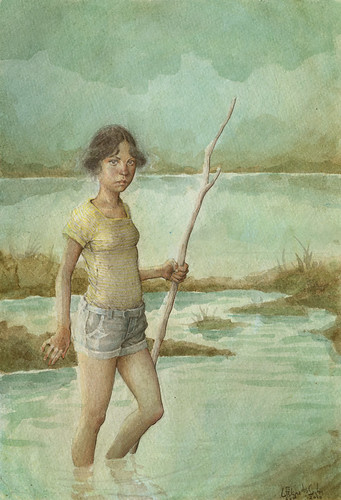

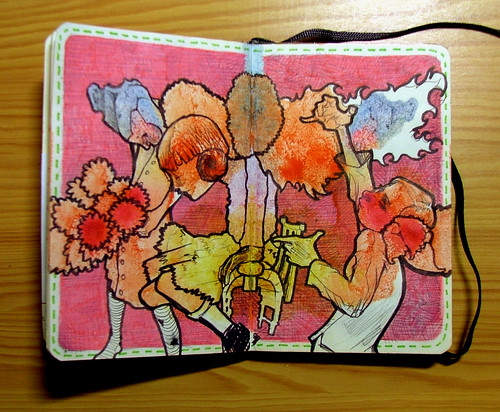
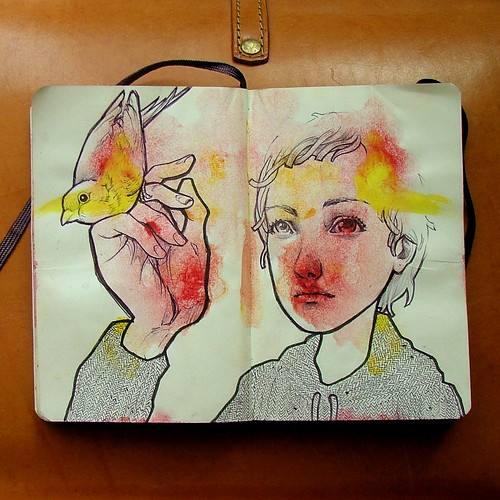




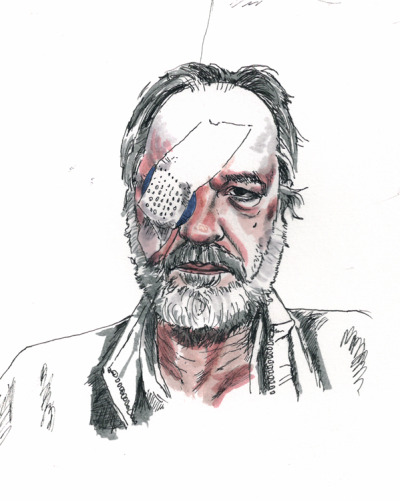
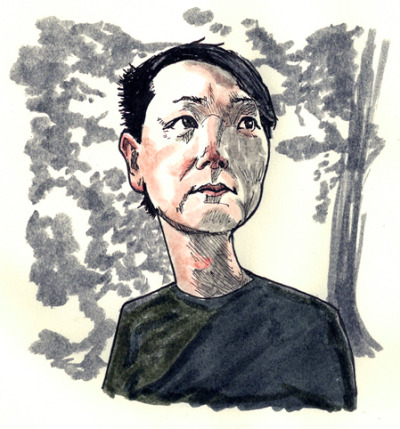


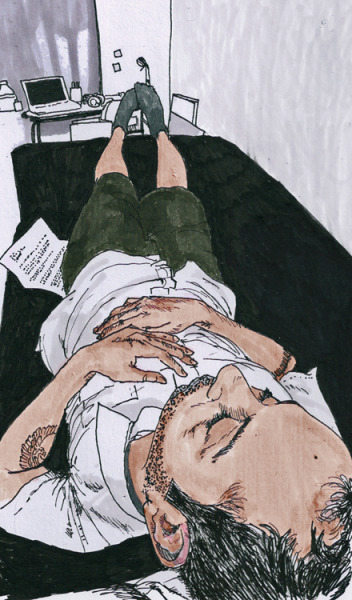
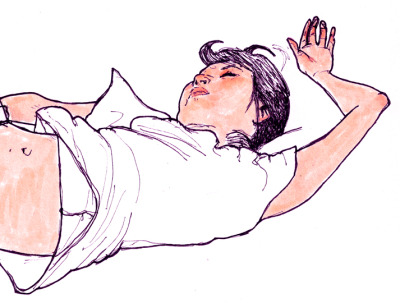

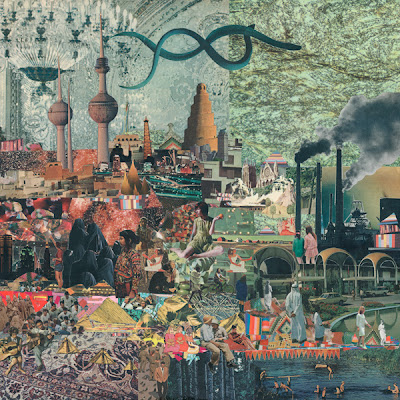
















 \
\